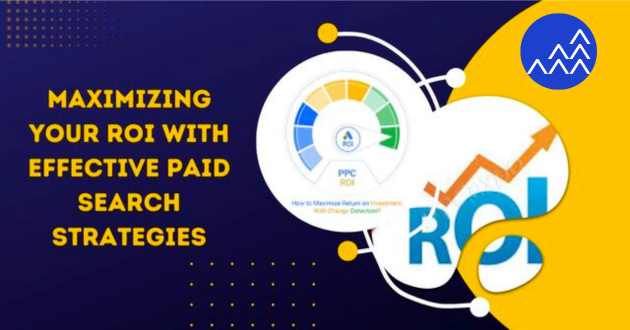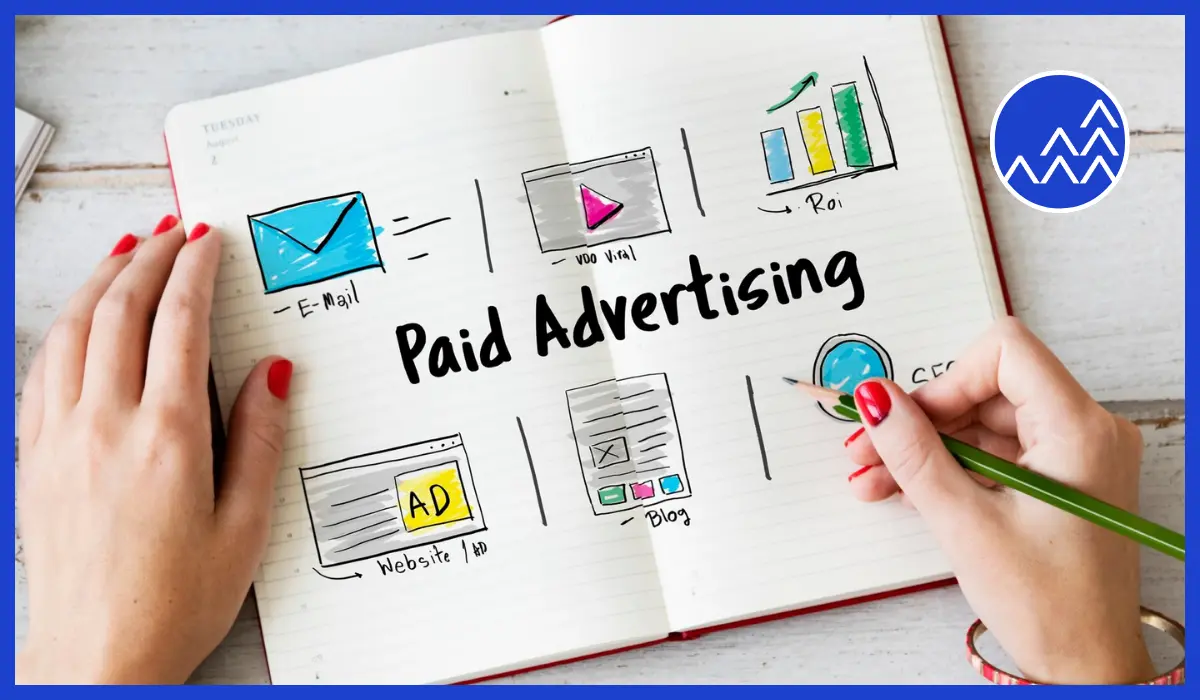In today’s competitive digital landscape, paid advertising has become a vital component of a successful marketing strategy. For businesses aiming to drive targeted traffic, increase conversions, and maximize ROI, leveraging effective paid ad strategies is crucial. This blog post delves into the best practices and strategies to ensure your paid ad campaigns are optimized for success.
Understanding Paid Advertising
Paid advertising encompasses various formats, including pay-per-click (PPC), display ads, social media ads, and more. The core principle is to drive targeted traffic to your website or landing page through paid placements. Platforms such as Google Ads, Facebook Ads, and LinkedIn Ads offer robust tools to create, manage, and track ad campaigns.
Key Strategies for Effective Paid Ad Campaigns
Define Clear Objectives
Before launching a paid ad campaign, it’s essential to define your goals. Are you aiming to increase brand awareness, drive traffic to your website, generate leads, or boost sales? Clear objectives help tailor your ad strategy, select the right platforms, and measure success accurately.
Know Your Target Audience
Understanding your target audience is fundamental to creating effective paid ads. Use demographic data, interests, and behavior insights to refine your audience targeting. Platforms like Facebook and LinkedIn offer advanced targeting options, allowing you to reach users based on their job titles, industries, and more.
Choose the Right Ad Platforms
Selecting the appropriate ad platforms based on your objectives and audience is crucial. Google Ads is ideal for search intent and driving traffic through keywords. Facebook and Instagram are effective for visual ads and social engagement, while LinkedIn is excellent for B2B targeting and professional outreach.
Craft Compelling Ad Copy
Your ad copy should be engaging, clear, and relevant to your target audience. Highlight the unique value proposition of your product or service and include a strong call to action (CTA). Test different headlines, descriptions, and CTAs to determine which combinations resonate best with your audience.
Optimize Ad Creative
Visuals play a significant role in ad performance. Ensure your ad creatives are high-quality, relevant, and aligned with your brand identity. Use eye-catching images or videos that capture attention and support your ad’s message.
Leverage A/B Testing
A/B testing involves creating multiple versions of your ad to test different elements such as headlines, images, and CTAs. By comparing the performance of these variations, you can identify the most effective combinations and refine your ad strategy accordingly.
Set a Realistic Budget
Establish a budget that aligns with your campaign goals and expected ROI. Monitor your spending and adjust as needed to ensure your budget is used efficiently. Consider setting a daily or monthly budget limit to control costs and avoid overspending.
Monitor and Analyze Performance
Regularly track and analyze the performance of your paid ad campaigns using analytics tools provided by the ad platforms. Key metrics to monitor include click-through rate (CTR), conversion rate, cost per click (CPC), and return on ad spend (ROAS). Use this data to make informed decisions and optimize your campaigns.
Optimize Landing Pages
Ensure your landing pages are optimized for conversions. The content and design of your landing page should align with your ad’s message and provide a seamless user experience. Test different elements such as headlines, images, and CTAs to improve conversion rates.
Stay Updated with Trends
The digital advertising landscape is constantly evolving. Stay informed about the latest trends, tools, and best practices to keep your ad strategy up-to-date. Attend industry webinars, read relevant blogs, and experiment with new ad formats and features.
Conclusion
Effective paid ad strategies are essential for driving targeted traffic, increasing conversions, and maximizing ROI. By defining clear objectives, understanding your target audience, choosing the right platforms, crafting compelling ad copy, and leveraging optimization techniques, you can create successful ad campaigns that deliver results. Regularly monitor and analyze your performance to continuously refine your strategy and stay ahead of the competition.
FAQs!
What is the importance of defining clear objectives in paid ad campaigns?
Defining clear objectives helps you tailor your ad strategy, choose the right platforms, and measure success accurately. It ensures that your campaign is focused and aligned with your business goals.
How can I determine the right ad platform for my campaign?
Choose an ad platform based on your campaign goals and target audience. Google Ads is ideal for search intent, while Facebook and Instagram are effective for visual and social engagement. LinkedIn is best for B2B targeting.
What is A/B testing, and why is it important?
A/B testing involves creating multiple versions of an ad to test different elements such as headlines, images, and CTAs. It helps identify the most effective combinations and optimize your ad strategy for better performance.
How can I optimize my landing pages for better conversion rates?
Ensure your landing pages align with your ad’s message, provide a seamless user experience, and include strong CTAs. Test different elements to improve conversion rates and match the expectations set by your ads.
Why is it important to stay updated with digital advertising trends?
Staying updated with the latest trends, tools, and best practices helps you keep your ad strategy relevant and competitive. It allows you to experiment with new features and formats to enhance your campaign performance.








